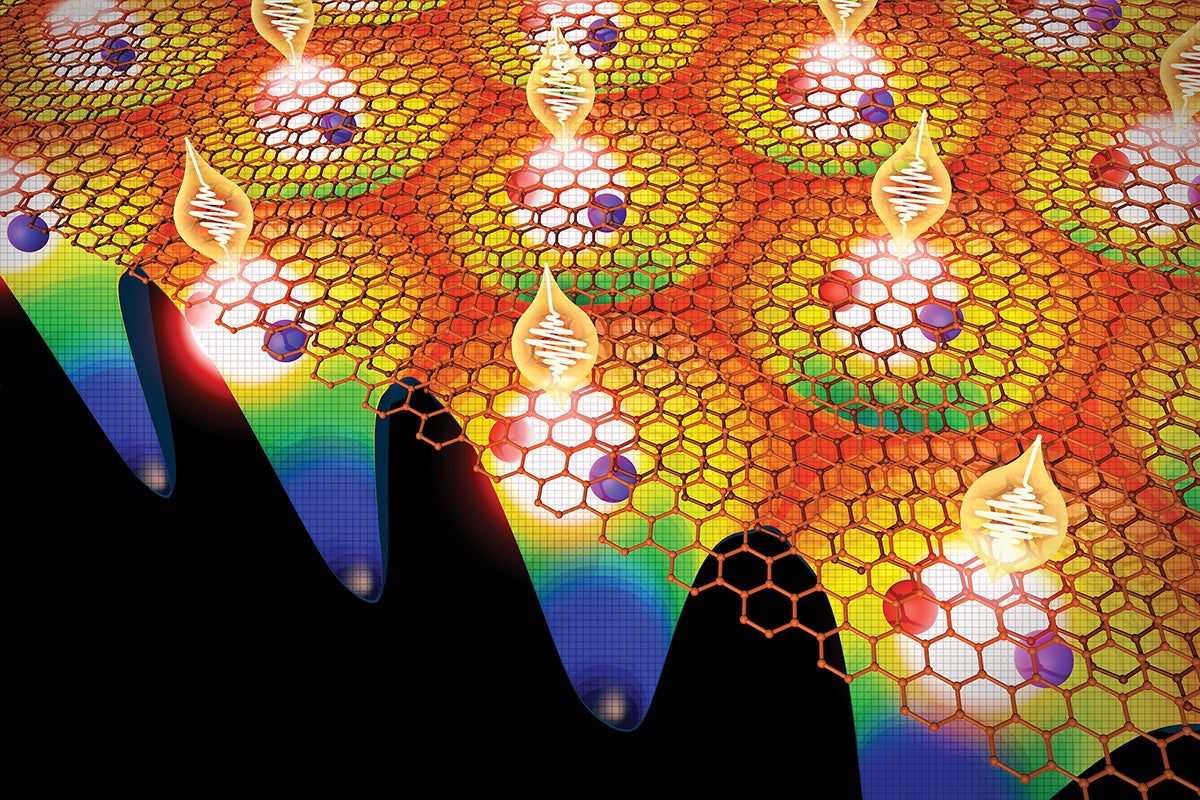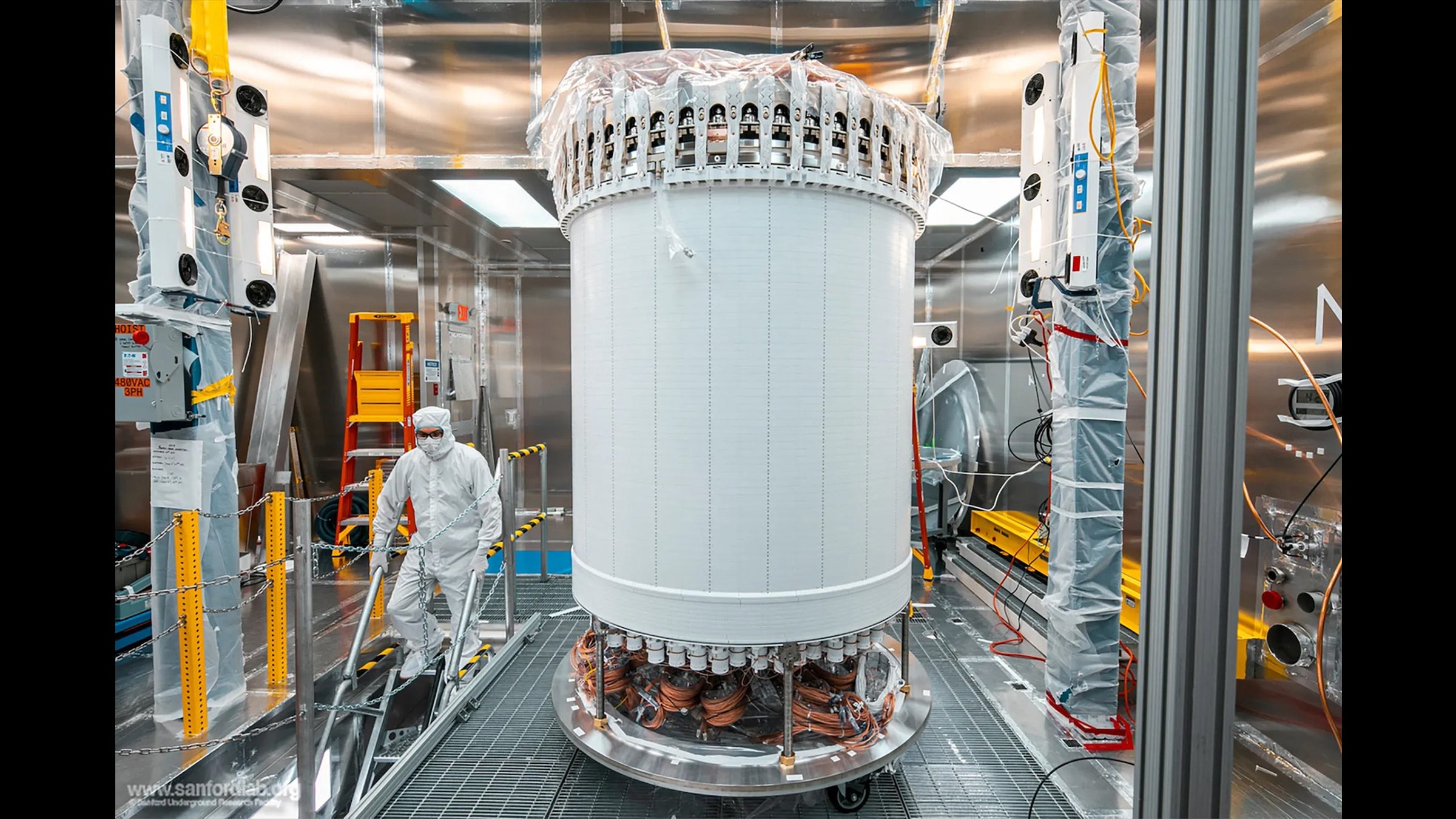New Material Might Lead to Higher Capacity Hard Drives
Researchers from the U.S. and Japan have demonstrated that they can store and retrieve information magnetically in a new class of materials.

Over the past few decades, the cost of storing data on hard disk drives (HDDs) has fallen dramatically, enabling revolutions in personal, scientific and cloud computing and allowing for storage of ever-greater amounts of data. But even as data collection continues to skyrocket, the cost-per-bit trend has been flattening out, leading to calls for new innovations in technology.
Reporting in the journal Nature, researchers from the U.S. and Japan, including UT Austin physicist Allan MacDonald, have demonstrated that they can store and retrieve information magnetically in a new class of materials, called non-collinear antiferromagnets, whose properties could be useful to achieve a storage medium that is much denser than current hard drive technology. Such an increase in storage capacity (and decrease in cost) could unleash even more transformative trends in information technology.
Modern HDDs store information in the magnetic states of small particles of ferromagnetic material, each particle essentially forming a nanoscale magnet. Ferromagnetic nanoparticles produce magnetic fields that extend beyond the particle, allowing its magnetic state to be read. HDDs are approaching a physical limit in storage capacity because the smaller these nanomagnets are, and the closer they are together, the more cross-talk there is between them; in other words, the more likely it is that information in one nanomagnet will bleed over into its neighbors.
In 2014, MacDonald and his former postdoctoral researcher, Hua Chen—now a faculty member at Colorado State University—first proposed theoretically that some non-collinear antiferromagnets would behave electrically in the same way as ferromagnets, which are already used for magnetic data storage. Now working with colleagues at the University of Tokyo, they demonstrate effects that make it possible to actually store and retrieve information in one of these materials, Mn3Sn.
MacDonald and Chen used the supercomputing resources at the Texas Advanced Computing Center to model the electrical and magnetic behavior of these materials.
The future of these materials for data storage is far from certain. There are many potential obstacles and unknowns in scaling up production of such devices to an industrial scale. And even if things go smoothly, MacDonald noted that basic research developments such as this often take a decade or more to reach consumers and businesses.
But if it succeeds, he said there are two big advantages to magnetic storage based on antiferromagnets.
"The first is that antiferromagnets do not create stray magnetic fields that cause cross talk and limit how close the bits can be to each other," he said. "The second is that antiferromagnetic information can be written more quickly."



